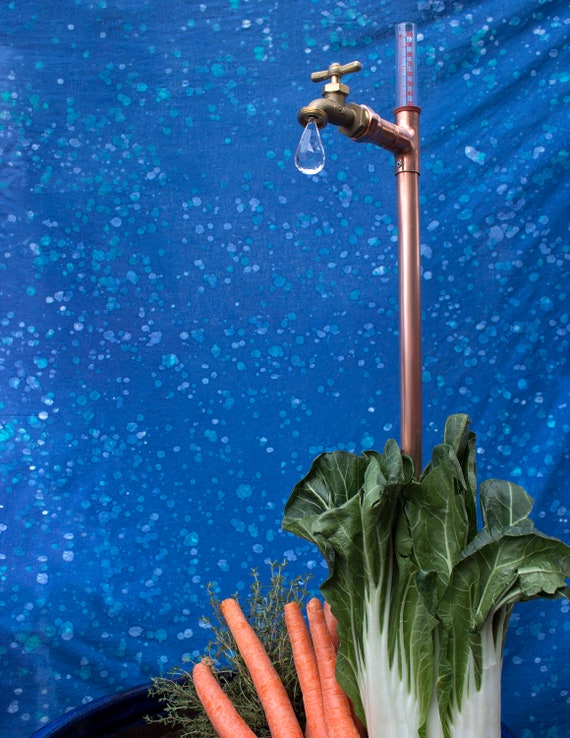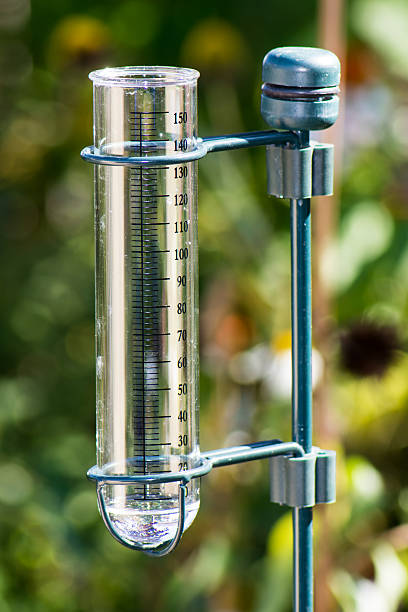The Rain Gauge: Important Details and Finest Practices for Weather Lovers
The Rain Gauge: Important Details and Finest Practices for Weather Lovers
Blog Article
Exactly How to Pick the Right Rainfall Scale for Accurate Rain Information
Exact rains information is important for numerous markets and activities, such as water, meteorology, and farming resource monitoring. To get trusted dimensions, it is vital to pick the best rain gauge. This overview intends to offer beneficial understandings right into the selection process, permitting you to make enlightened decisions. Taking into consideration aspects such as area, kind, and accuracy of the rain gauge will certainly assist guarantee specific data collection. In addition, comprehending the maintenance and calibration procedures will add to the longevity and dependability of your rain gauge. By adhering to these guidelines, you can make certain precise rainfall data, making it possible for better decision-making and planning for numerous applications.
Relevance of Choosing the Right Rain Scale
The importance of picking the ideal rainfall gauge hinges on obtaining accurate and reliable rainfall data for accurate atmospheric evaluation. Rainfall data is vital for a wide range of applications, consisting of weather projecting, hydrological modeling, and environment research study. Undependable or imprecise information can bring about erroneous verdicts and flawed decision-making procedures.

Second of all, the precision and accuracy of the rain scale are vital. The gauge ought to be able to gauge rainfall with high precision, capturing even small quantities of rainfall precisely.
Moreover, the location and installment of the rainfall scale are critical considerations. It should be put in an open location, far from blockages that could impact rainfall dimensions. The gauge should be positioned at a proper elevation and angle to stay clear of spilling and guarantee appropriate catchment of rain.
Factors to Think About When Selecting a Rain Gauge
When choosing a rainfall gauge, there are a number of vital aspects to take into consideration. These aspects can greatly affect the accuracy and integrity of the rainfall information collected. The first element to think about is the kind of rain scale. There are different kinds available, consisting of conventional rain assesses, tipping bucket rain assesses, and weighing rain determines. Each kind has its own advantages and negative aspects, so it is necessary to select one that ideal matches your specific requirements and demands.
Another factor to consider is the product of the rainfall gauge. Rainfall evaluates can be made from different materials, such as glass, plastic, or steel. The material selected should be long lasting and resistant to climate condition, making certain that the rain gauge will certainly stand up to the aspects and supply exact dimensions in time.
Accuracy is additionally an important factor to take into consideration. Seek rainfall determines that have been adjusted and tested for accuracy. Functions such as anti-splash rings and funnels can also improve the accuracy of the measurements.

Last but not least, take into consideration the climate and atmosphere in which the rain gauge will certainly be made use of. Various rainfall assesses are suitable for different environments, so it is essential to select one that is proper for the problems in your area.
Various Sorts Of Rainfall Determines Offered
To better explore the elements to consider when picking a rainfall gauge, it is vital to understand the different kinds of rain determines offered. The most common kind is the standard rainfall scale, also known as the round rainfall scale.
An additional kind of rainfall gauge is the tipping container rain gauge. This gauge uses a seesaw-like device to accumulate and gauge rains. As the rain comes under the scale, it fills out one side of the bucket, causing it to clear the water and tip. The variety of pointers is counted electronically to determine the amount of rains. Tipping bucket rain determines are popular for their accuracy click for info and capability to determine rainfall strength.
A third kind of rain scale is the weighing rainfall scale. This gauge uses a balance system to measure the weight of the accumulated rainfall. As the rain comes under the gauge, it is accumulated in a container attached to an equilibrium. The weight of the water is determined, and the rainfall amount is calculated based on the weight. Weighing rainfall determines are extremely exact but can be more pricey and need routine upkeep.
Finally, there are likewise remote rain determines that use advanced modern technology to measure rains (The Rain Gauge). These evaluates usage sensors and transmitters to send information wirelessly to a central system. Remote rain assesses are hassle-free for monitoring rains in hard-to-reach areas or for large information collection
Exactly How to Identify the Precision of a Rain Scale
One way to evaluate the accuracy of a rainfall scale is by performing regular calibration dimensions. Calibration includes comparing the analyses of a rainfall scale to a basic dimension, such as a licensed rainfall scale or a weather condition station with high precision. By comparing the measurements, any discrepancies or mistakes in the rainfall gauge can be identified and made up.
To carry out a calibration dimension, beginning by collecting rainfall data from both the rainfall scale and the conventional measurement tool over a certain time duration, such as a month. Contrast the analyses and calculate the distinction between them. This distinction is called the calibration mistake.
It is very important to keep in mind that calibration dimensions must be done on a regular basis, as environmental elements, such as temperature, debris, and wind, can affect the precision of the rain gauge in time. By conducting normal calibrations, any type of changes in the accuracy of the rain gauge can be identified and changes can be made appropriately.
In addition to calibration, it is likewise advised to clean and preserve the rain scale frequently to her explanation guarantee its accuracy. Eliminate any debris or obstructions that may affect the precision of the measurements, and inspect for any indications of damage or wear that might call for repairs or replacement.
Tips for Keeping and Calibrating Your Rainfall Gauge
Regular upkeep and calibration are vital for making certain the precision and dependability of your rain gauge in determining rains information (The Rain Gauge). By following a few basic pointers, you can make sure that your rain scale is properly kept and calibrated
Firstly, it is very important to cleanse your rain scale consistently to prevent any kind of debris or dust from blocking the rainfall collection system. Utilize a soft brush and a light cleaning agent to carefully cleanse the inside and beyond the scale. Wash it extensively with clean water and permit it to dry totally before re-installing it.
Second of all, it is advised to calibrate your rain scale at the very least annually. Calibration entails comparing the measurements of your rain scale with those of a trusted and exact recommendation gauge. This will help you determine and fix any kind of prospective errors in your rainfall gauge's dimensions.
To adjust your rain scale, accumulate a recognized quantity of water using a measuring container and compare it with the measurements taped by your rainfall gauge. Change the analyses appropriately to make sure precision.

Conclusion
Finally, selecting the ideal rain gauge is important for getting accurate rainfall data. When selecting a rain gauge, variables such as function, location, and budget plan need to be thought about. There are different types of rain determines available, each with their own benefits and limitations. It is necessary to regularly keep and adjust your rain gauge to ensure its accuracy. By complying with these standards, precise rainfall information can be obtained for numerous applications.
There are various kinds available, consisting of common rain gauges, tipping bucket rain determines, and considering rain determines.To even more discover the factors to take into consideration when selecting a rainfall scale, find more info it is crucial to understand the various kinds of rain determines available. The most common type is the standard rainfall gauge, likewise known as the cylindrical rain scale.An additional kind of rainfall scale is the tipping bucket rainfall scale. Calibration includes comparing the analyses of a rainfall gauge to a standard measurement, such as a certified rain gauge or a weather terminal with high precision.
Report this page